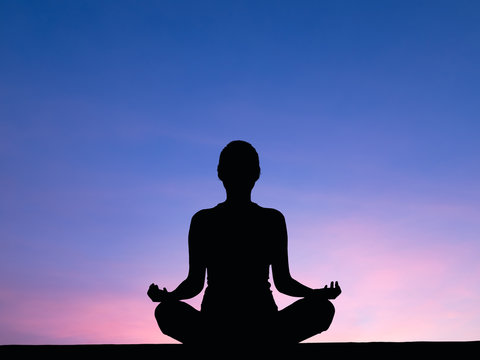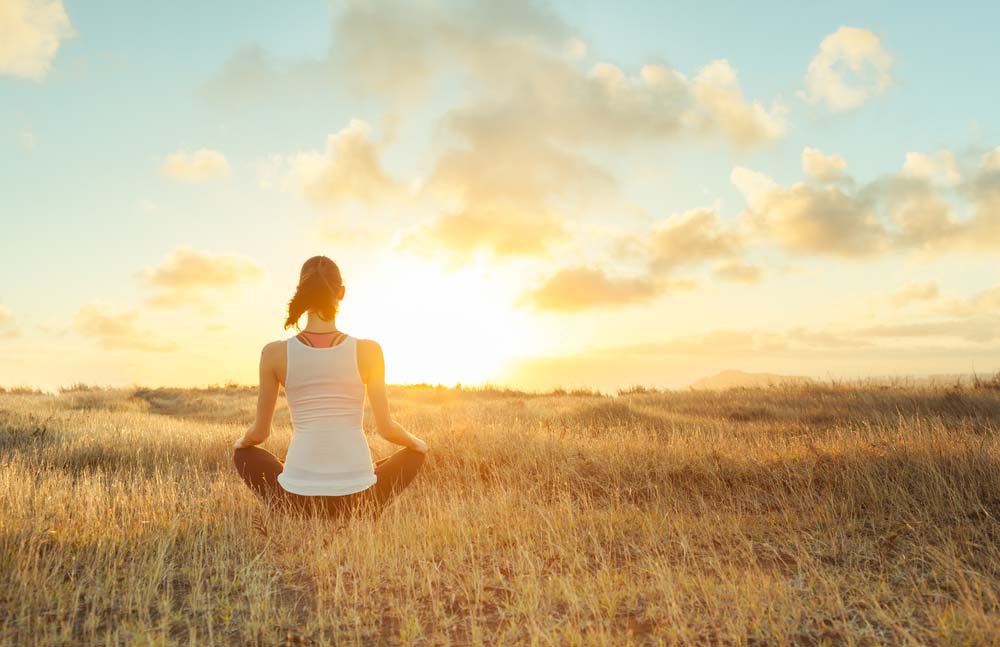Transform Your State Of Mind with Simple Steps on How to Meditate?
Transform Your State Of Mind with Simple Steps on How to Meditate?
Blog Article
Exactly How to Meditate: A Step-by-Step Approach to Getting Mindfulness and Calmness
Reflection serves as a powerful tool for achieving mindfulness and psychological calmness in a fast-paced globe. By comprehending the essential principles and techniques entailed in reflection, people can grow a practice that improves their general health.
Understanding Meditation
Comprehending meditation includes realizing its basic concepts and methods, which function as the structure for the practice. At its core, reflection is a mental workout aimed at promoting relaxation, developing inner power, and developing compassion and understanding. The technique encourages people to concentrate their focus, typically via techniques such as deep breathing, visualization, or concept repetition.
Meditation can be categorized into various styles, including mindfulness, transcendental, and loving-kindness reflection, each with distinctive functions and approaches. Mindfulness meditation stresses present-moment awareness and non-judgmental monitoring of sensations and thoughts, while transcendental reflection involves using details concepts to transcend average mind. Loving-kindness reflection concentrates on establishing an attitude of love and concern in the direction of oneself and others.
Despite the technique employed, the main goal continues to be constant: to grow a deeper understanding of the mind and its patterns. This self-awareness cultivates emotional durability, clarity of idea, and a profound sense of calm (How to meditate?). By understanding these strategies and principles, people prepared for an effective reflection practice that can dramatically improve their total well-being
Planning For Your Method
Prior to beginning your reflection practice, it is crucial to create a setting for focus and leisure. Select a quiet area where you are not likely to be disturbed. This might be an edge of a room, a yard, or any type of area that stimulates a sense of tranquility. Make certain that the area is cost-free and clean of mess, as a clean environment can help remove the mind.
Think about the lights, as all-natural light can boost your mood and energy. Soft, warm illumination is usually more calming than harsh fluorescent lights. Additionally, pick a comfy temperature level, guaranteeing that you are neither as well hot nor too chilly.
Including components that advertise harmony can further enhance your experience. This may include soft paddings or coverings for comfort, in addition to calming scents from vital oils or scent. It can additionally be beneficial to have actually a timer established for your reflection session to avoid diversions from clock-watching.
Fundamental Meditation Strategies

An additional effective method is body scan reflection. This involves psychologically checking your body from head to toe, noticing any type of locations of stress or discomfort and knowingly kicking back those muscles. This technique cultivates a deeper connection between your mind and body.

Last but not least, loving-kindness reflection concentrates on cultivating empathy towards on your own and others. Calmly repeat expressions of a good reputation, enhancing these details psychological wellness and interconnectedness. Each of these techniques functions as a structure for your meditation journey, allowing you to discover the method that reverberates finest with your personal technique.
Preserving Emphasis and Mindfulness

Developing a committed reflection room can boost the capacity to preserve mindfulness. A peaceful, clean atmosphere lessens diversions, enabling much deeper immersion in the method. Furthermore, setting a time restriction can aid handle assumptions; starting with shorter sessions might reduce the change right into longer methods.
Using methods such as body scanning or observing feelings can also bolster mindfulness. These methods urge professionals to stay present and involved with their physicality, securing their focus in the moment. Regular technique is crucial; the mind develops resilience with time, creating a more powerful capability for focus.
Incorporating Reflection Into Every Day Life
Integrating meditation right into everyday life can change routine tasks into opportunities for mindfulness and self-reflection. By incorporating mindfulness methods right into typical tasks, people can cultivate a higher sense of visibility and serenity amidst the numerous hours of day-to-day life.
Begin by identifying minutes throughout your day where you can stop and practice mindfulness. Also mundane tasks like cleaning dishes or walking can become chances for reflection by guiding your focus to the sensations of movement and the noises bordering you.
In addition, reserving specialized times for reflection can enhance its practice. Start with short sessions, slowly boosting period as you come to be extra comfortable. Use tips or cues-- like a certain time of day or a calming audio-- to develop uniformity.
Inevitably, the goal is to weave mindfulness into the textile of daily life, allowing you to approach each minute with purpose, therefore boosting your general sense of health and clearness.
Final Thought
In final thought, efficient meditation calls for a silent atmosphere, a comfortable position, and a focus on the breath. By allowing ideas to emerge without judgment and continually redirecting attention to the breath, practitioners can attain enhanced mindfulness and tranquility. Incorporating different techniques, such as body scanning and loving-kindness expressions, can additionally enhance the practice. Routine meditation, also Source in brief sessions, fosters a much deeper connection to the existing moment, ultimately bring about higher calm a fantastic read and psychological clarity in every day life.
Reflection can be categorized into different styles, including mindfulness, transcendental, and loving-kindness reflection, each with distinct functions and methodologies. Mindfulness reflection emphasizes present-moment understanding and non-judgmental monitoring of sensations and thoughts, while copyright entails the use of certain concepts to transcend ordinary thought processes.With your reflection room prepared, it's time to explore different standard meditation methods that can aid grow mindfulness and inner tranquility.Constantly keeping emphasis and mindfulness during meditation can be difficult, specifically for those new to the practice.Developing a devoted reflection room can boost the ability to keep mindfulness.
Report this page